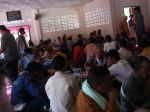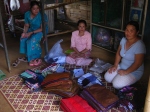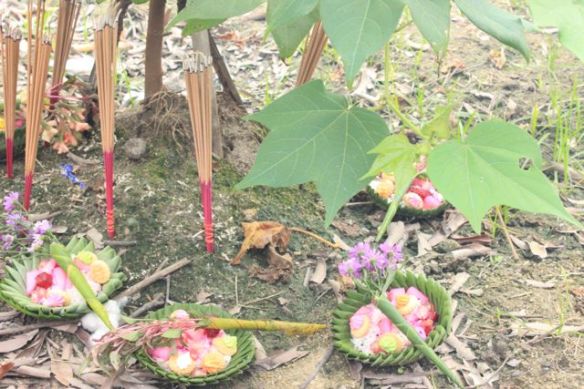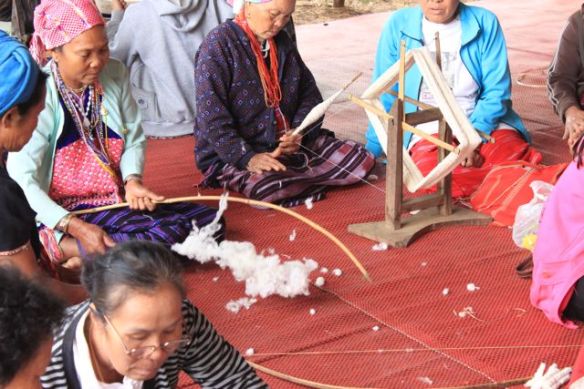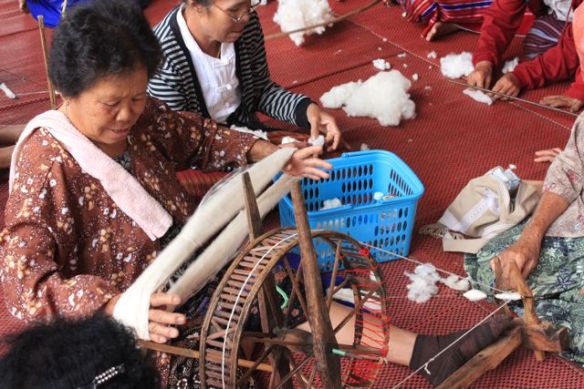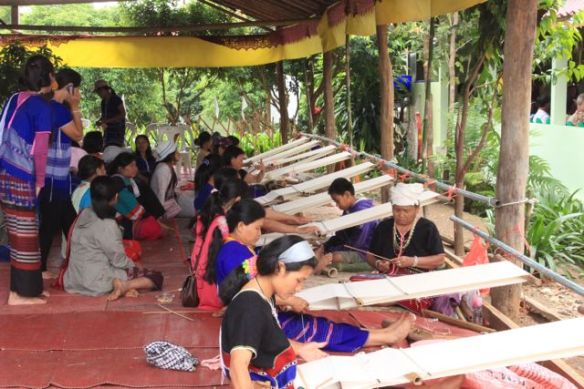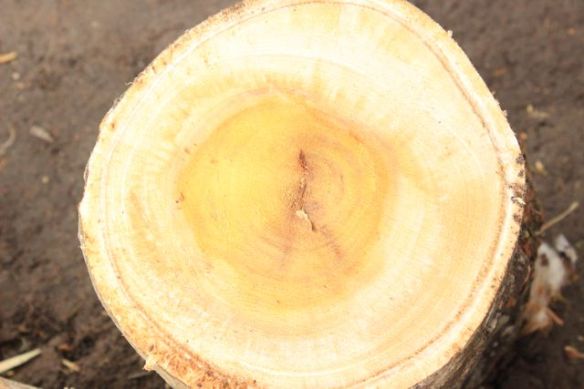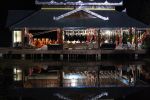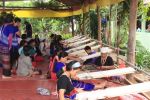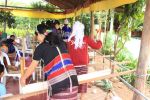I studied Agroecology in graduate school, and have been working in organic food certification for nearly a decade. For the last couple of years I held a comfortable management position at a mid-sized nonprofit in Oregon, USA, but I still felt that  something was missing. I needed anadventure! An acquantaince of mine was interning for ATMA SEVA and I learned about sustainability ventures at Plekwiwaek Dhamma Center in the far north of Thailand along the border with Burma. I have now been at Plekwiwaek since October and will be here for six months.
something was missing. I needed anadventure! An acquantaince of mine was interning for ATMA SEVA and I learned about sustainability ventures at Plekwiwaek Dhamma Center in the far north of Thailand along the border with Burma. I have now been at Plekwiwaek since October and will be here for six months.
Plekwiwaek was founded seven years ago on the principle of experiential learning, or what they call “learning by doing.” Many of the novices at the center are from the Shan ethnic group in Burma and left that area due to the armed conflict between the Shan, ethnic Burmese and other groups in the region. As such, many of the novices have a nebulous legal status in Thailand and the future of Shan State in Burma is unclear. Only a small percentage of the novices will become monks, so it is a goal at the center to equip the boys with life skills that may help provide them with a future livelihood.
Shan ethnic group in Burma and left that area due to the armed conflict between the Shan, ethnic Burmese and other groups in the region. As such, many of the novices have a nebulous legal status in Thailand and the future of Shan State in Burma is unclear. Only a small percentage of the novices will become monks, so it is a goal at the center to equip the boys with life skills that may help provide them with a future livelihood.
 Sustainability is a major focus at the center. They farm organically and the novices are trained in composting and sustainable farming techniques. Early construction also utilized locally renewable materials. Novices made handmade bricks from a mixture of mud and rice hulls. They assembled the buildings themselves, including learning electrical and plumbing skills. Currently a large dorm is being constructed, with much of the labor provided by the novices themselves.
Sustainability is a major focus at the center. They farm organically and the novices are trained in composting and sustainable farming techniques. Early construction also utilized locally renewable materials. Novices made handmade bricks from a mixture of mud and rice hulls. They assembled the buildings themselves, including learning electrical and plumbing skills. Currently a large dorm is being constructed, with much of the labor provided by the novices themselves.
Recently Plekwiwaek entered a partnership with Mae Joe University, an institution outside the city of Chiang Mai, that has installed some renewable energy sources at the Dhamma Center. The project is actually funded by a large Thai energy company. To date, we have several solar lights, a small wind turbine, and a large solar dryer for food preservation. A donor recently gifted reusable plastic bottles to the novices to cut down on waste. We were fortunate to attended an agricultural fair at Mae Joe University this month that feature several sustainability exibits. The Plekwiwaek director, Dr. phra achjarn Thanee Jongjen, received an award for his pioneering work in this area.
Plekwiwaek also performs extension work. The Center has trained some of the  surrounded community on organic farming and sustainable building techniques. We regularly host groups (often from other countries) that are interested in learning about these topics and community development in general. Just a few weeks ago, a group of nearly 90 schoolchildren from a nearby village came to the center for a day to learn about sustainability and its relationship to Buddhist principles. The future of sustainability in Northern Thailand is looking bright!
surrounded community on organic farming and sustainable building techniques. We regularly host groups (often from other countries) that are interested in learning about these topics and community development in general. Just a few weeks ago, a group of nearly 90 schoolchildren from a nearby village came to the center for a day to learn about sustainability and its relationship to Buddhist principles. The future of sustainability in Northern Thailand is looking bright!
- mud brick rooms to left
- Novice quarters from my window
- Planting tea trees
- Novices roofing
- Solar Cell
- Brick Maker
- Bud brick construction up close
- Inside solar dryer
- Leaf and wood rooting in a shed
Corinne Kolm
info@atmaseva.org




































